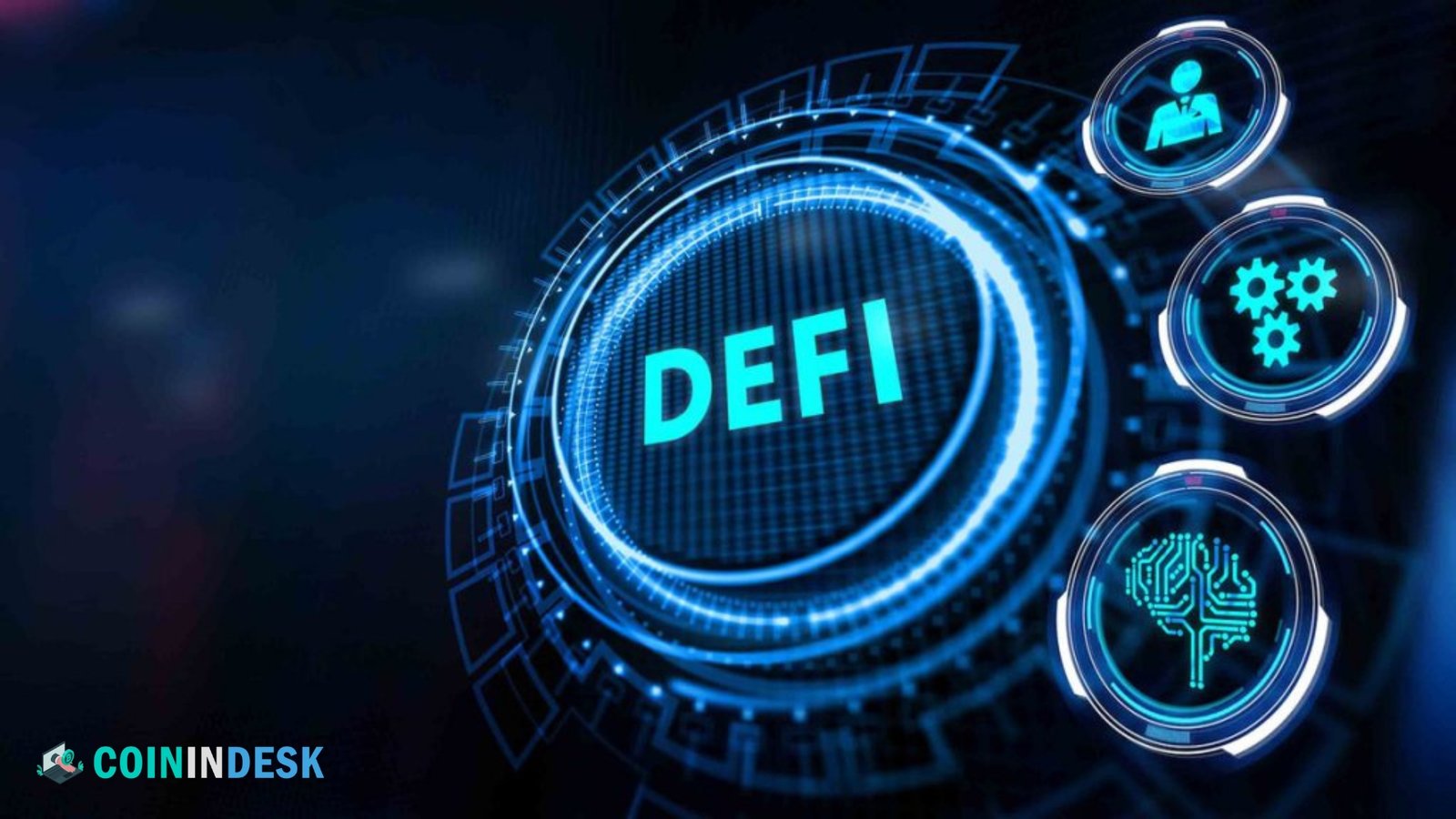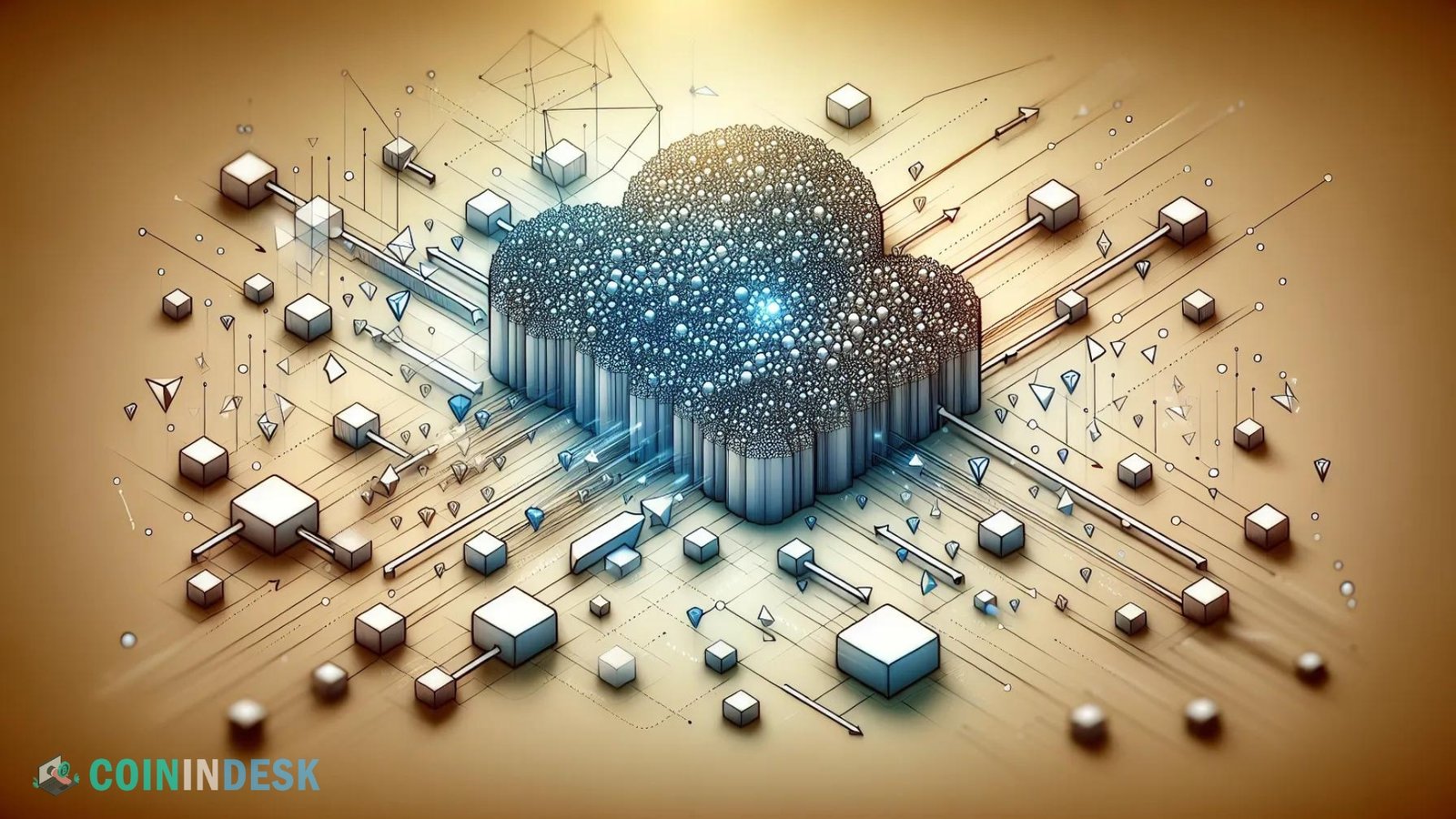Decentralized Finance (DeFi) has emerged as one of the most groundbreaking innovations in the financial sector. By leveraging blockchain technology, DeFi platforms enable users to engage in traditional financial activities like lending, borrowing, and trading without relying on intermediaries such as banks. However, as the ecosystem grows, it faces challenges like security risks, scalability, liquidity issues, and inefficiencies in decision-making. This is where artificial intelligence (AI) comes into play, offering transformative solutions to overcome these hurdles and pushing the boundaries of what DeFi can achieve.
In this article, we’ll explore the AI-driven DeFi, how AI is being implemented to enhance decentralized finance, and the potential impact of this fusion on the broader financial ecosystem.
The DeFi Landscape: Opportunities and Challenges
DeFi operates on decentralized platforms, primarily using smart contracts—self-executing agreements coded on blockchain platforms like Ethereum. This decentralized approach eliminates the need for centralized financial institutions, opening opportunities for greater financial inclusion and innovation. Users can participate in a wide range of activities, including:
- Decentralized lending and borrowing: Platforms like Aave and Compound enable users to lend or borrow assets without traditional banks.
- Decentralized exchanges (DEXs): Uniswap, Sushiswap, and other DEXs allow users to trade cryptocurrencies directly without intermediaries.
- Yield farming and liquidity provision: Users can provide liquidity to DeFi platforms and earn rewards in return.
- Stablecoins: Cryptocurrencies pegged to stable assets like the US dollar offer an alternative to volatile crypto assets.
However, the rise of DeFi has not been without challenges. Smart contract vulnerabilities have led to exploits and significant financial losses. Moreover, liquidity fragmentation and scalability issues affect platform efficiency and user experience. Market volatility can also introduce risks for yield farming or lending protocol users.
These challenges call for a new approach to ensure DeFi’s long-term viability. AI has emerged as a powerful tool for addressing these issues, with its ability to process massive datasets, predict outcomes, and automate complex decisions.
How AI is Revolutionizing DeFi
Artificial intelligence holds the potential to revolutionize the DeFi space in several key areas:
Risk Management and Fraud Detection
One of the biggest concerns in the DeFi ecosystem is the potential for fraudulent activities, hacks, and exploits. DeFi operates in an open, permissionless environment, making it vulnerable to cyber-attacks. Smart contracts are susceptible to coding errors; once deployed, they cannot be altered. With its capabilities in pattern recognition and anomaly detection, AI can play a critical role in identifying vulnerabilities in smart contracts and detecting fraudulent activity before it occurs.
- AI-powered auditing tools can analyze smart contract code to identify bugs or vulnerabilities before deployment, reducing the likelihood of exploitation. AI-driven platforms like CertiK are already making strides in this area by offering real-time security monitoring for DeFi protocols.
- Transaction monitoring: AI algorithms can monitor blockchain transactions to detect unusual patterns indicating hacking attempts or fraudulent activity. For example, machine learning models could flag large, unexpected token movements or suspicious wallet addresses.
Liquidity Optimization
In DeFi, liquidity fragmentation occurs when capital is spread across multiple platforms, leading to inefficiencies and reduced returns for liquidity providers. AI can help optimize liquidity by predicting market conditions, adjusting asset allocations, and automating liquidity provisioning.
- Automated liquidity management: AI algorithms can predict price fluctuations and adjust liquidity pools accordingly. This ensures better liquidity and minimizes risks for liquidity providers by protecting them from impermanent loss.
- Liquidity mining optimization: AI can identify the most profitable liquidity pools in real time, enabling users to maximize their returns while minimizing risks.
Dynamic Yield Farming and Staking
Yield farming and staking have become popular ways for DeFi users to earn passive income. However, these activities require constantly monitoring market conditions, token prices, and interest rates. AI can enhance this process by automatically reallocating assets to the most profitable pools or platforms.
- Smart yield farming strategies: AI algorithms can analyze historical data and market trends to predict which platforms or assets offer the best returns. They can then automatically move assets between different protocols, optimizing yield without manual intervention.
- Risk-adjusted staking: AI models can calculate risk scores for various staking options, helping users decide where to allocate their assets based on potential rewards and risks.
Scalability Solutions
DeFi platforms face significant scalability challenges, particularly those built on Ethereum, which struggles with high transaction fees and slow processing times during periods of network congestion. AI can offer solutions by predicting network congestion and optimizing transaction processing.
- Layer-2 solutions: AI can help manage the deployment of Layer-2 scaling solutions like rollups or sidechains by determining the optimal times to execute transactions, reducing gas fees, and improving the user experience.
- Transaction batching: AI algorithms can bundle multiple transactions into a single batch, reducing the number of transactions processed on-chain and lowering users’ costs.
Predictive Analytics and Market Sentiment Analysis
In traditional finance, AI is already used to predict market trends and analyze sentiment from news, social media, and other data sources. In DeFi, these capabilities can be applied to understand better market movements, user behavior, and protocol adoption.
- Sentiment analysis: AI tools can analyze social media posts, news articles, and blockchain data to gauge market sentiment, helping traders decide when to buy or sell assets.
- Price prediction: Machine learning models can forecast price movements by analyzing historical data and market indicators, enabling users to time their trades better or adjust their portfolios.
Challenges and Risks of AI in DeFi
While the integration of AI into DeFi offers significant benefits, it also introduces new challenges and risks:
Data Privacy and Security
AI systems rely on large datasets for training and operation. In DeFi, users are often concerned about their transactions and financial information privacy. Ensuring that AI systems respect privacy while analyzing user data is a critical challenge.
Over-reliance on Automation
While AI can automate many aspects of DeFi, over-reliance on automation could lead to problems if the algorithms fail or are manipulated. Smart contracts and AI systems are only as reliable as the data and code that power them, and any weaknesses can be exploited.
Regulatory Concerns
As AI and DeFi evolve, regulators may face challenges overseeing this new landscape. Ensuring that AI-driven DeFi protocols comply with anti-money laundering (AML) and know-your-customer (KYC) regulations could be difficult without sacrificing these platforms’ decentralized nature.
The Future of AI-Driven DeFi
The integration of AI into DeFi is still in its early stages, but the potential is immense. As DeFi matures, AI will likely play an increasingly important role in shaping the ecosystem by enhancing security, optimizing liquidity, and enabling smarter financial decisions. Combining these two transformative technologies could further democratize finance, creating a more efficient, secure, and inclusive financial system.
However, as with any new technology, caution is needed. Developers and users must balance the benefits of AI-driven DeFi with the potential risks, ensuring that the decentralized financial system remains transparent, secure, and accessible to all.
In conclusion, the convergence of AI and DeFi holds the potential to revolutionize how we interact with financial systems, offering unparalleled opportunities for innovation and growth in the coming years. The journey is just beginning, but the future of AI-driven DeFi looks incredibly promising.


